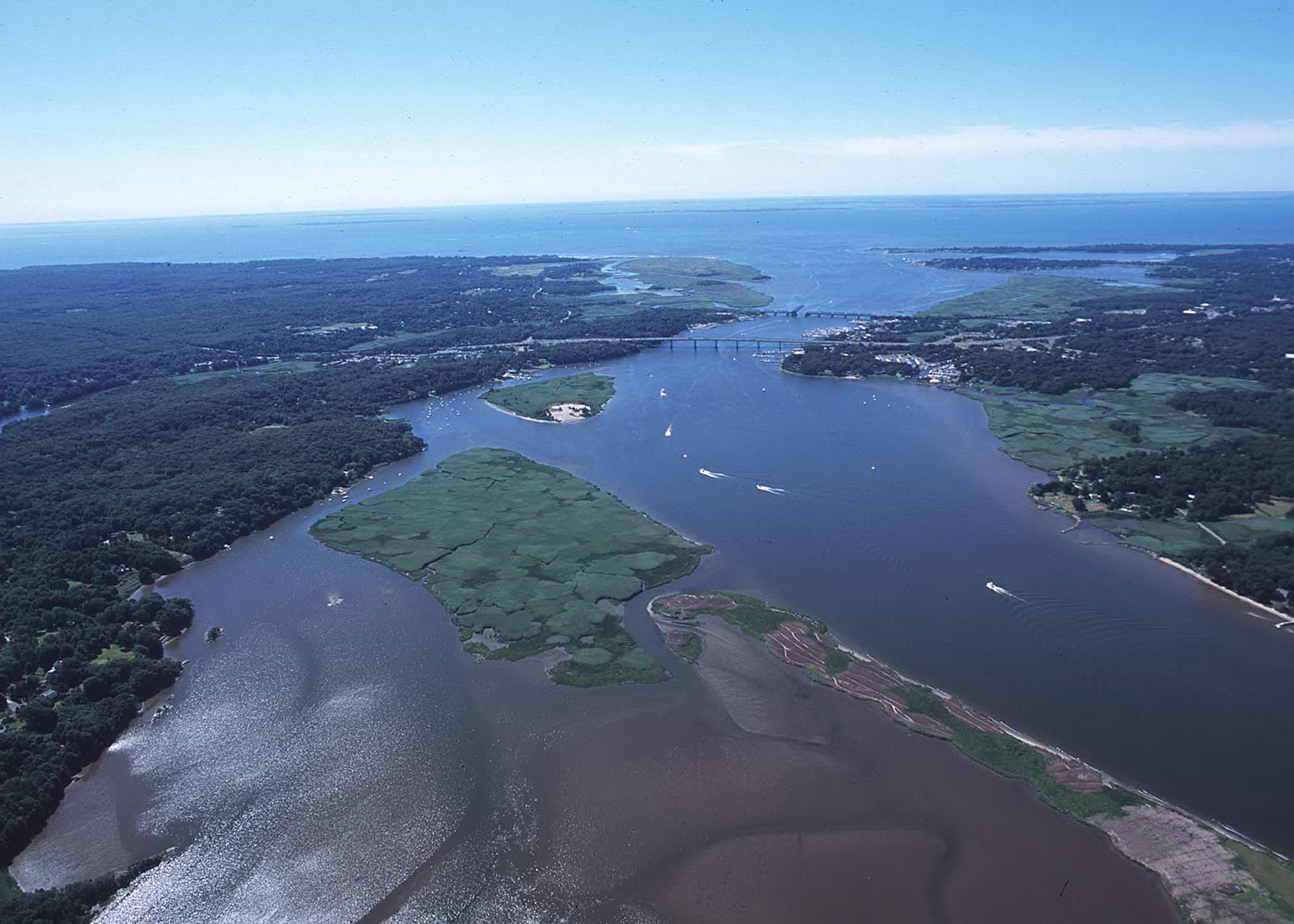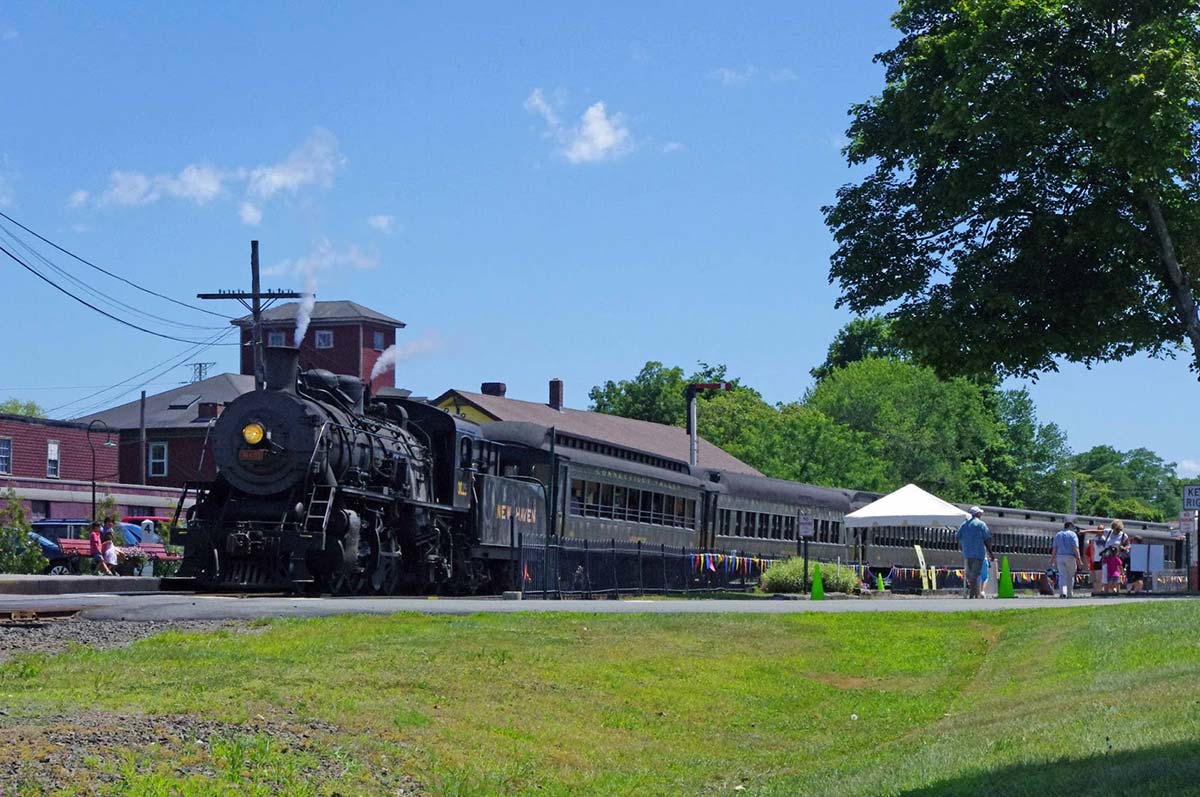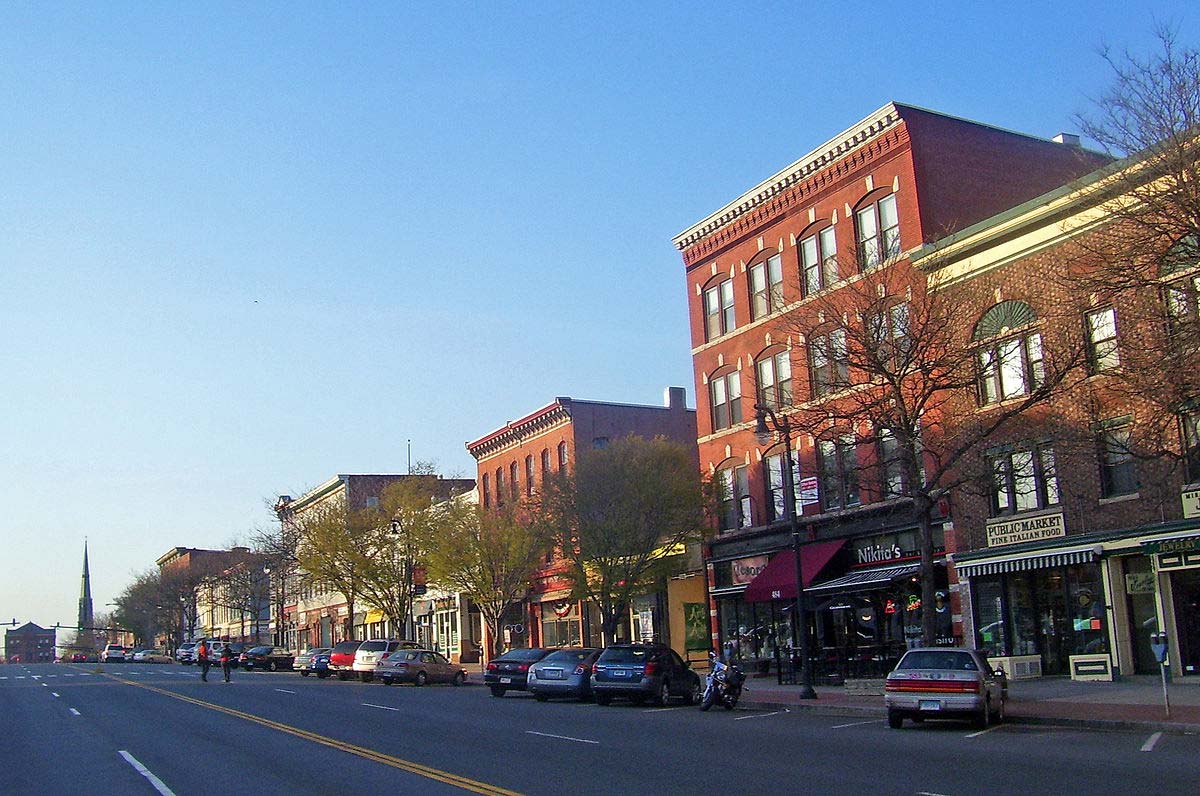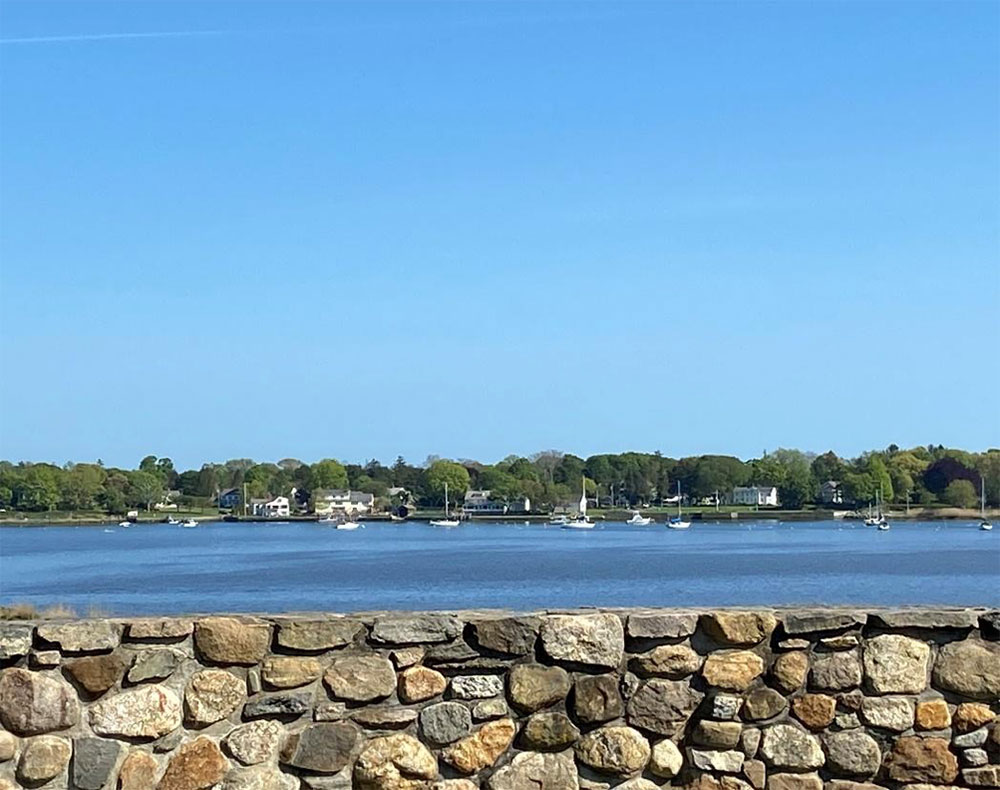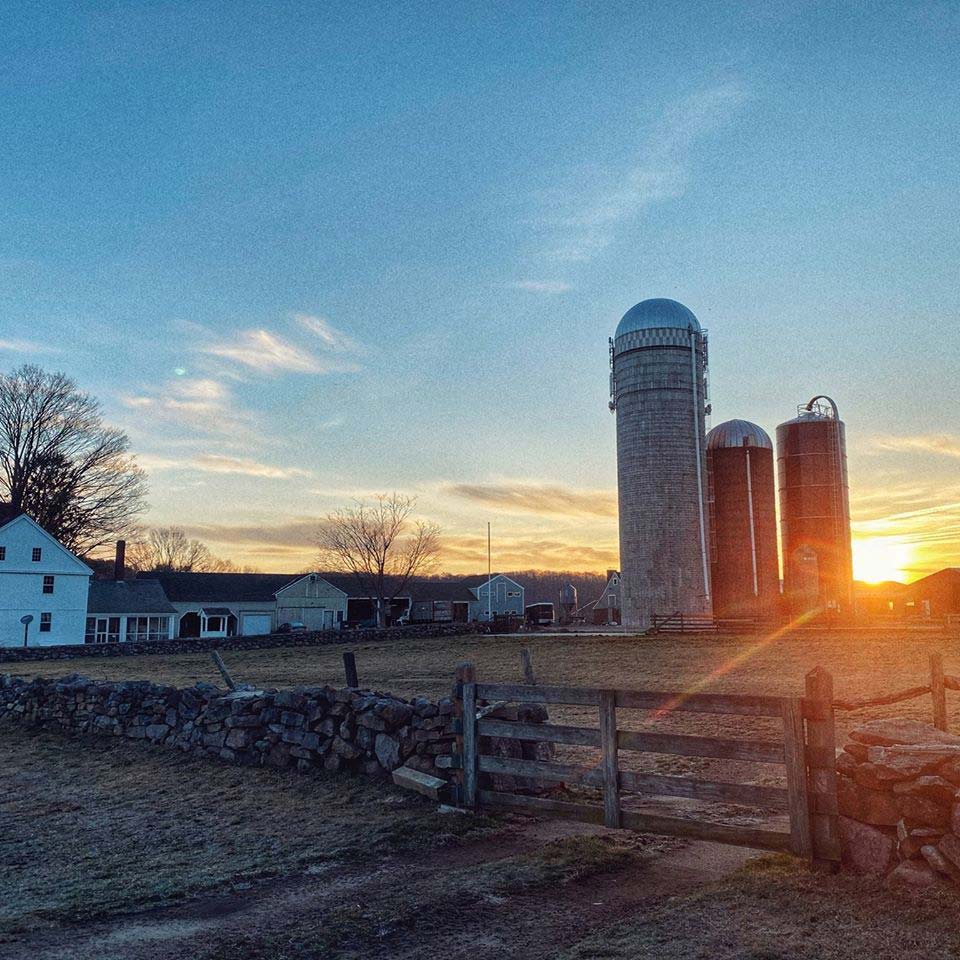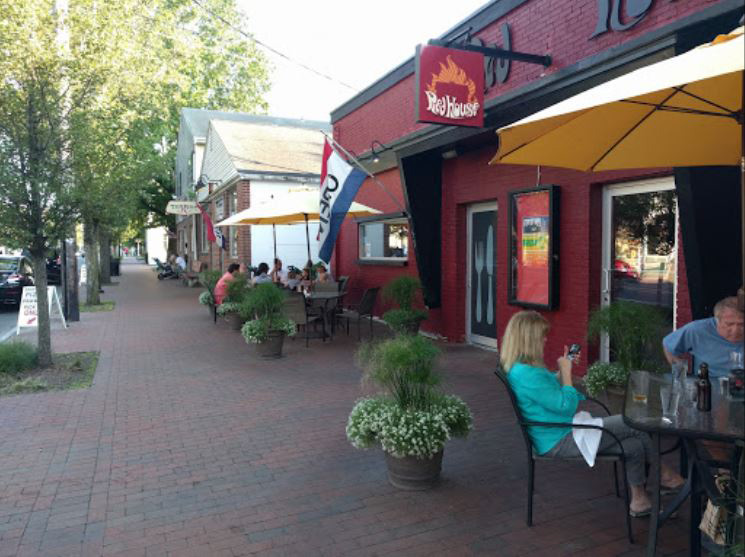
About the Region
The Lower Connecticut River Valley (LCRV) region comprises seventeen unique municipalities linked and centered on one of Connecticut’s greatest natural feature: the Connecticut River.
PHOTO: Lower Connecticut River Estuary
Despite their geographic proximity, the seventeen municipalities offer a great variety of natural, cultural, and physical amenities to residents, workers, and visitors. The region’ s natural amenities – such as beaches, forests, agriculture, protected open spaces, trails system, and the Connecticut River – are cherished assets and help establish the unique character in the region. These natural amenities are complemented by diverse towns, anchored by Middletown and its vibrant Main Street, the region’s only city. The regional economy is supported by activity centers that range from historic town centers to modern shopping centers and strong industrial parks. These assets make the region an attractive place to visit, in addition to its several tourist destinations, including the Essex Steam Train, Gillette Castle, and the Goodspeed Opera House, among many others.
PHOTO: Essex Steam Train
Middletown is a vibrant and diverse community and the region’s urban center. It is home to an increasingly vibrant downtown serving as a popular retail, dining, and bar district as well as a diverse set of neighborhoods, parks, and open spaces. As the region’s sole urban center, it is home to the regional hospital, court system, and many of the region’s higher education institutions (Wesleyan University and Middlesex Community College). Although the city’s access to the Connecticut River is limited by the path of the CT Route 9 expressway, there is great opportunity for a revitalization, with the establishment of better river access.
PHOTO: Downtown Middletown
The shoreline towns of Clinton, Westbrook, Old Saybrook, and Old Lyme have the dual attractions of Long Island Sound and the maintenance of small town character by the lack of dense beach development. These towns are home to numerous beach communities that were predominantly developed as seasonal dwellings. Similar land use patterns have occurred near lakes in East Hampton, East Haddam, Chester, Old Lyme, and Middlefield. These seaside and lakeside communities are experiencing an increase in the conversion of dwelling units from seasonal to year-round habitation. While the absence of water and sewer utilities limits the amount of conversion in most areas. Old Lyme currently has several beach areas where sewers have been installed with effluent flowing to a plant in the City of New London, with an extension to other communities in progress. As more and more seasonal dwellings are converted to year-round use, associated construction will aggravate daily traffic flows, emergency relief during storm events, and generally will put more pressure on town-delivered services.
PHOTO: From Founder’s Memorial Park, Old Saybrook
Continuing development along regional arterials is transforming rural landscapes and increasing traffic volumes. Current zoning regulations and development patterns trend toward isolated commercial strip development. As a result, lack of shared access to driveways and poor traffic flow create a challenge for safety and mobility along these corridors. In addition, the town boundaries and individuality of towns become less distinct as subdivision and chain-store commercial development erode the character of the village centers and venues for civic interactions. Durham and Middlefield are rural agricultural communities with easy access to the larger town centers of Middletown, Meriden, North Haven and Wallingford. These larger towns are characterized by large lot development and rural town centers.
PHOTO: Tiffany Farm
Cromwell is the most suburban municipality with higher density residential and strip mall development near Route 9 and Route 372. The other areas of town are primarily lower density residential units with a town government center that is rural in character. Cromwell also hosts a significant number of houses that front the Connecticut River.
Chester, Deep River, East Haddam, Haddam, Killingworth, Lyme, Old Lyme, Portland, and Essex are characterized by their small village centers. All except Killingworth are located on the Connecticut River and contain recreational boating facilities. The large tracts of state-owned forested open land between each town defines distinct village centers.
In the 19th century, East Hampton was a center for the manufacturing of bells, with residential, commercial, and industrial development historically located in the town center adjacent to Lake Pocotopaug. East Hampton is connected to Hartford and Norwich via the Route 2 expressway.
PHOTO: Deep River Downtown
In general, the rural character of the region north of I-95 results from predominantly large unbroken tracts of privately-owned forestland, state forest and park lands, and public water supply land holdings. State parks and forests and wildlife management areas account for approximately 12.5% of the region’s existing land use.

